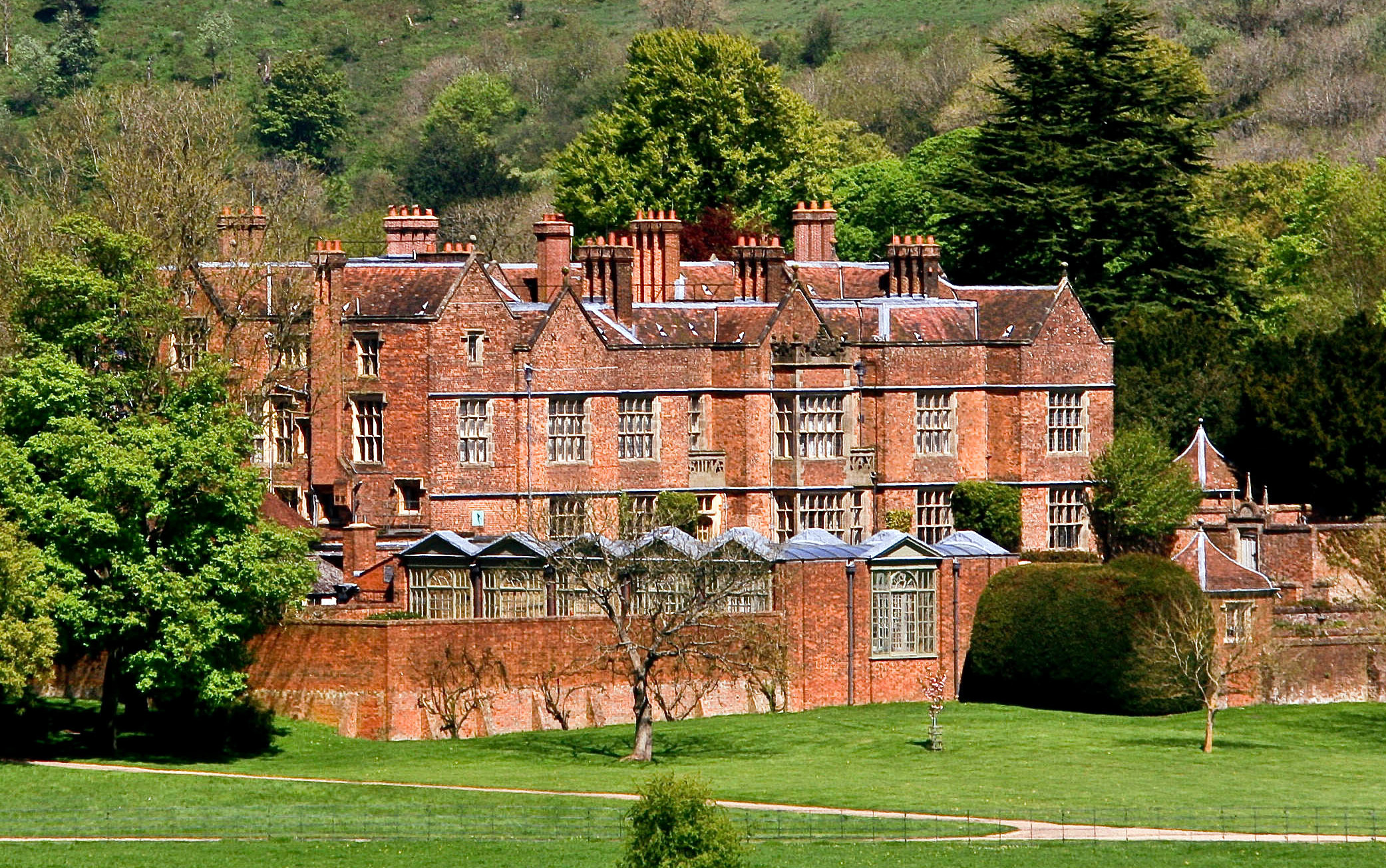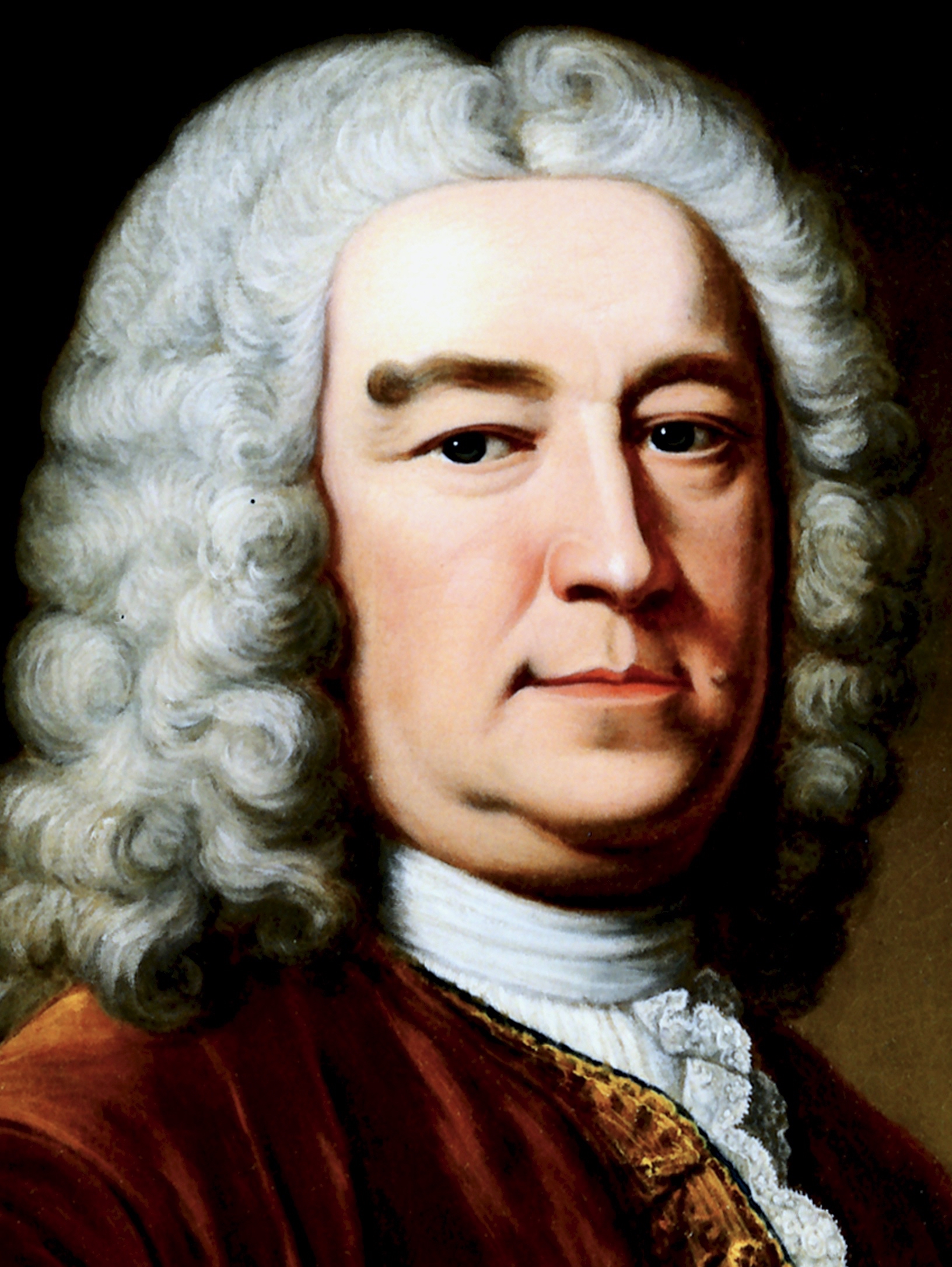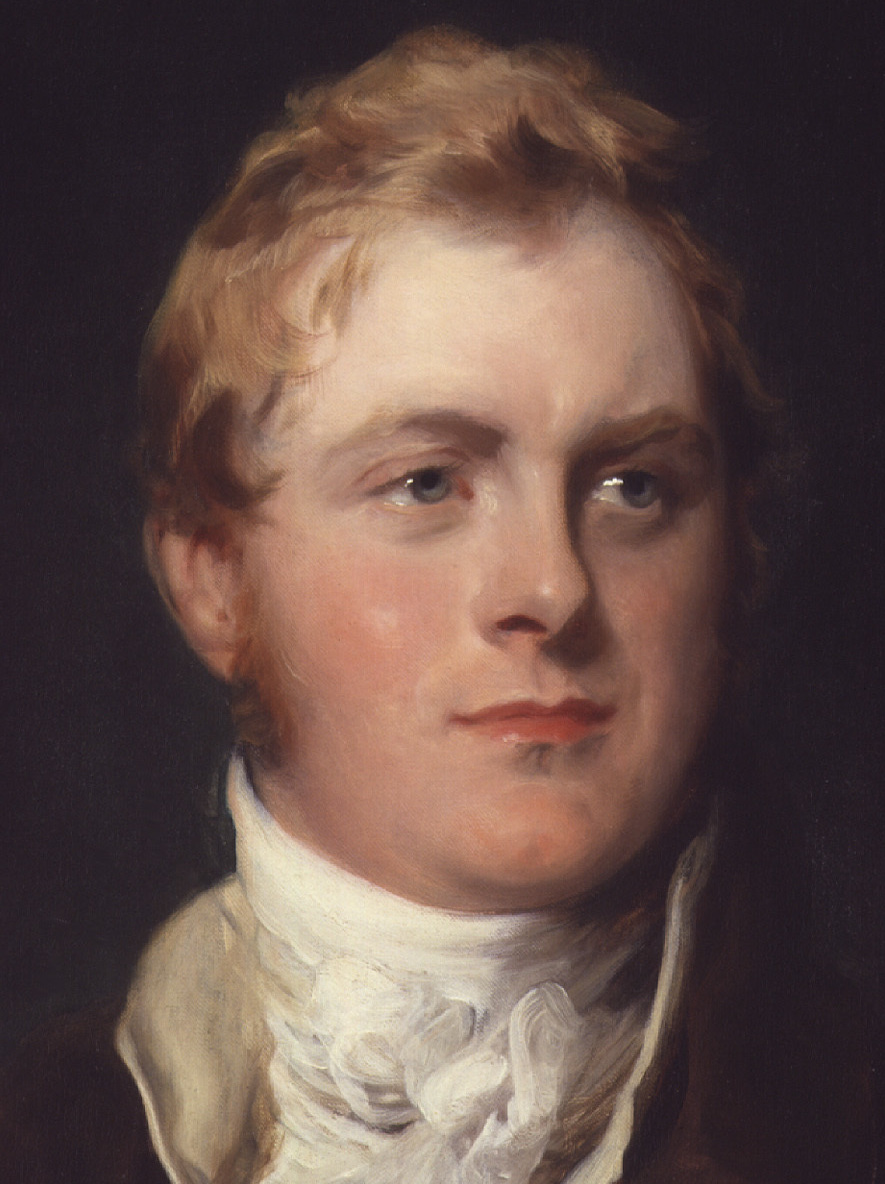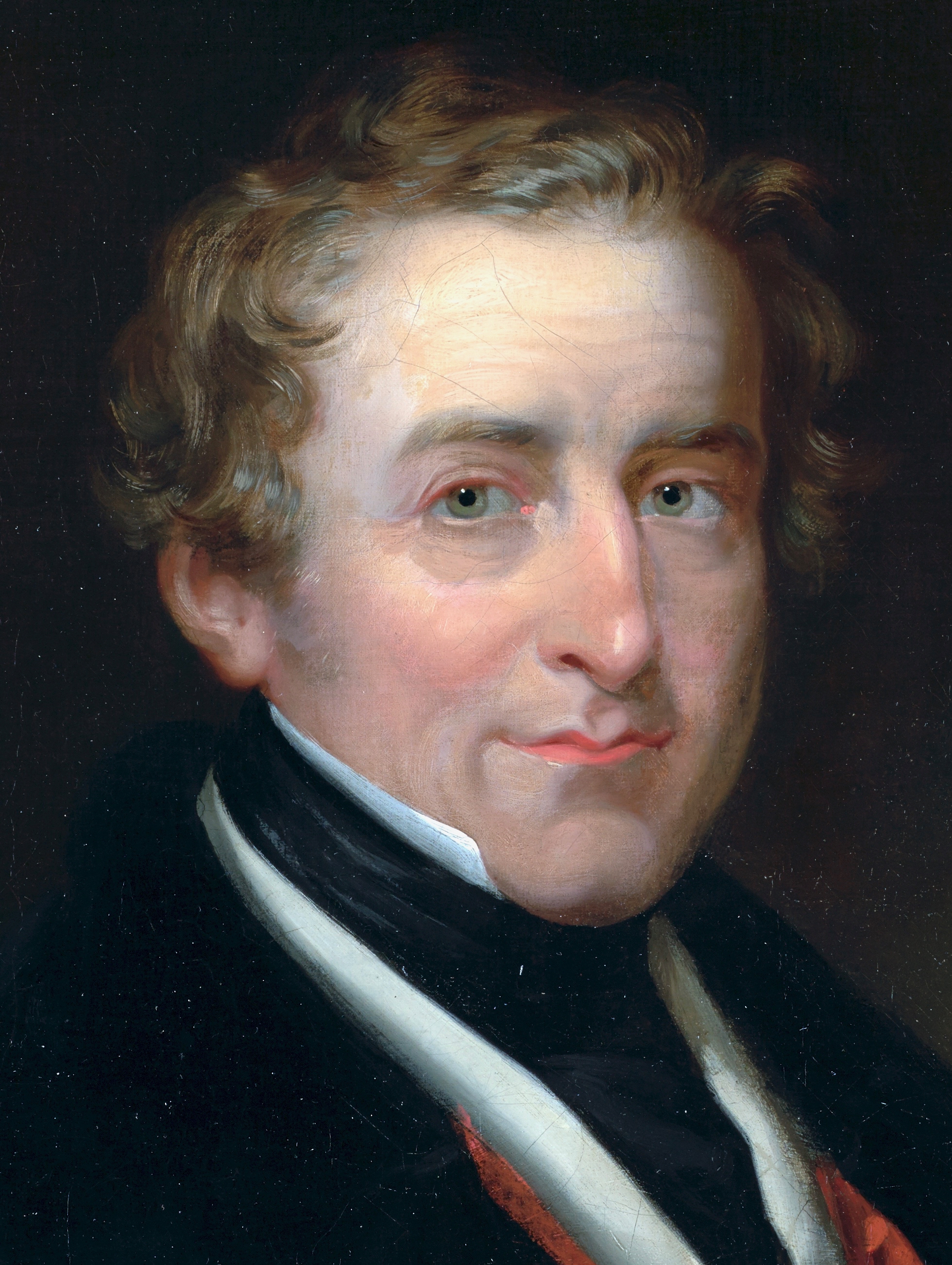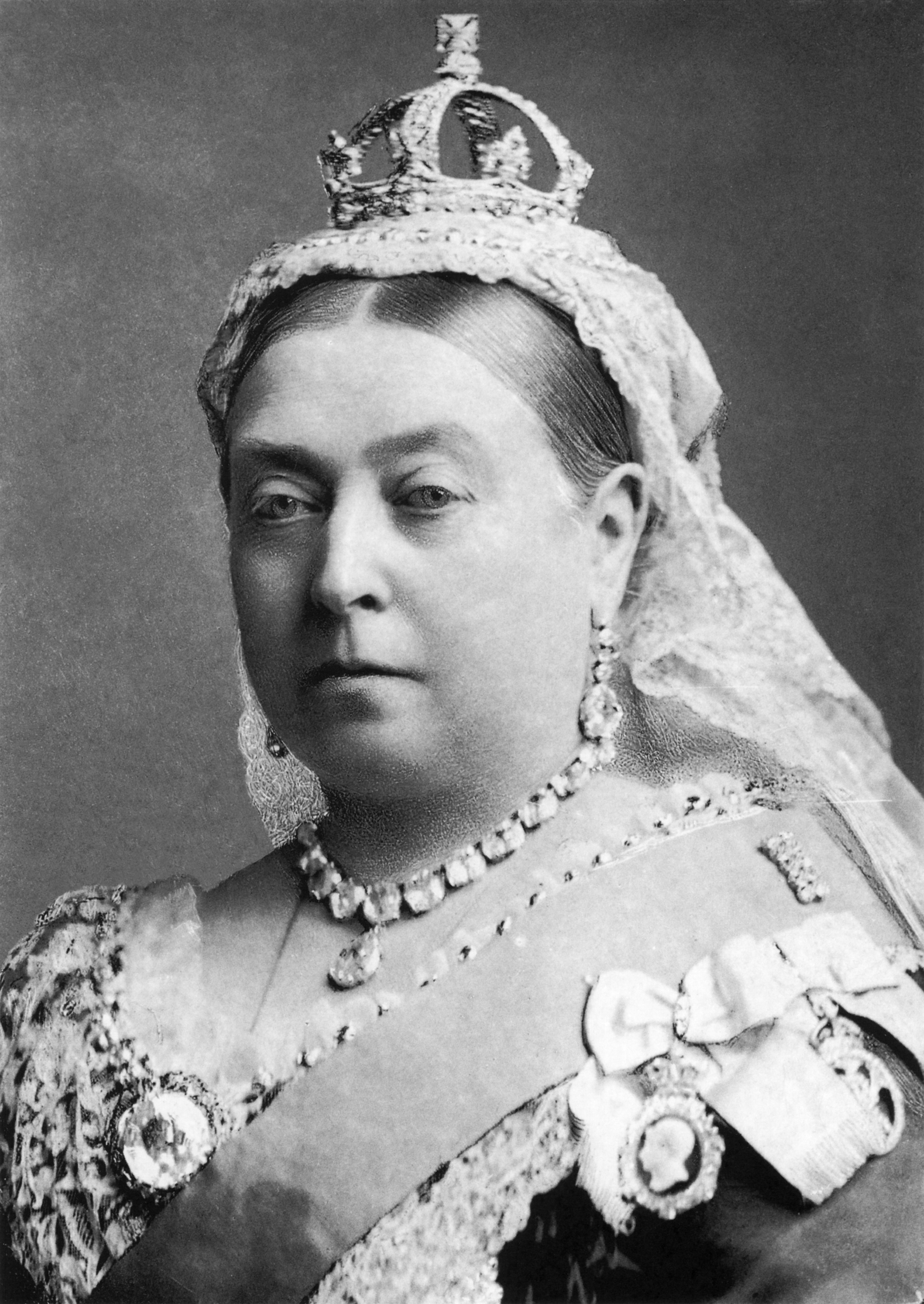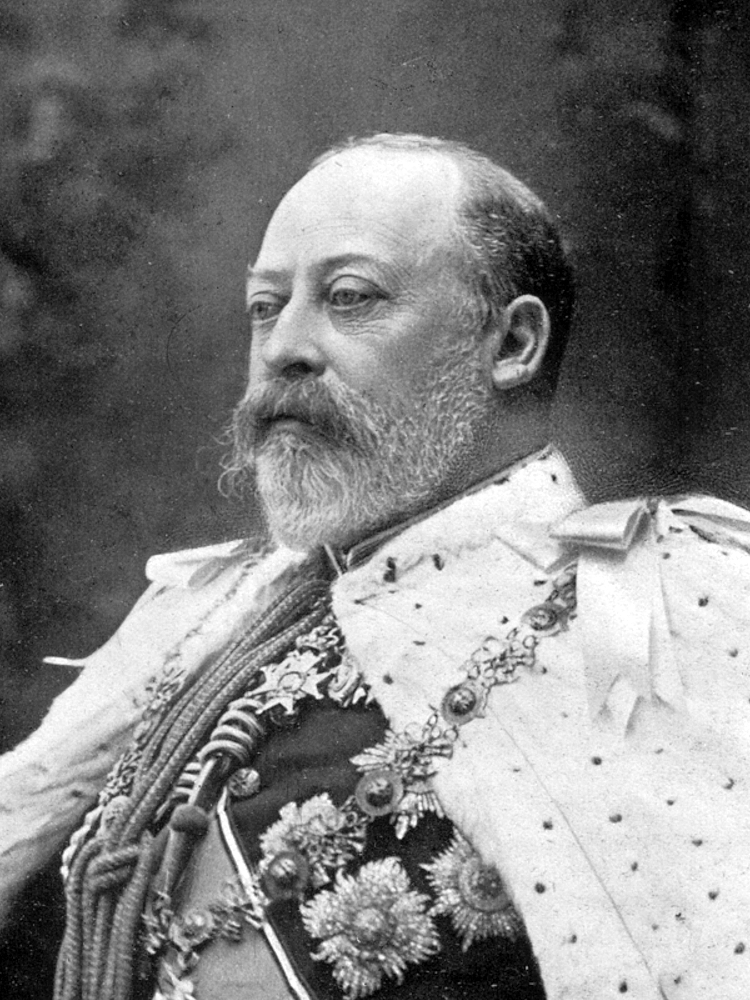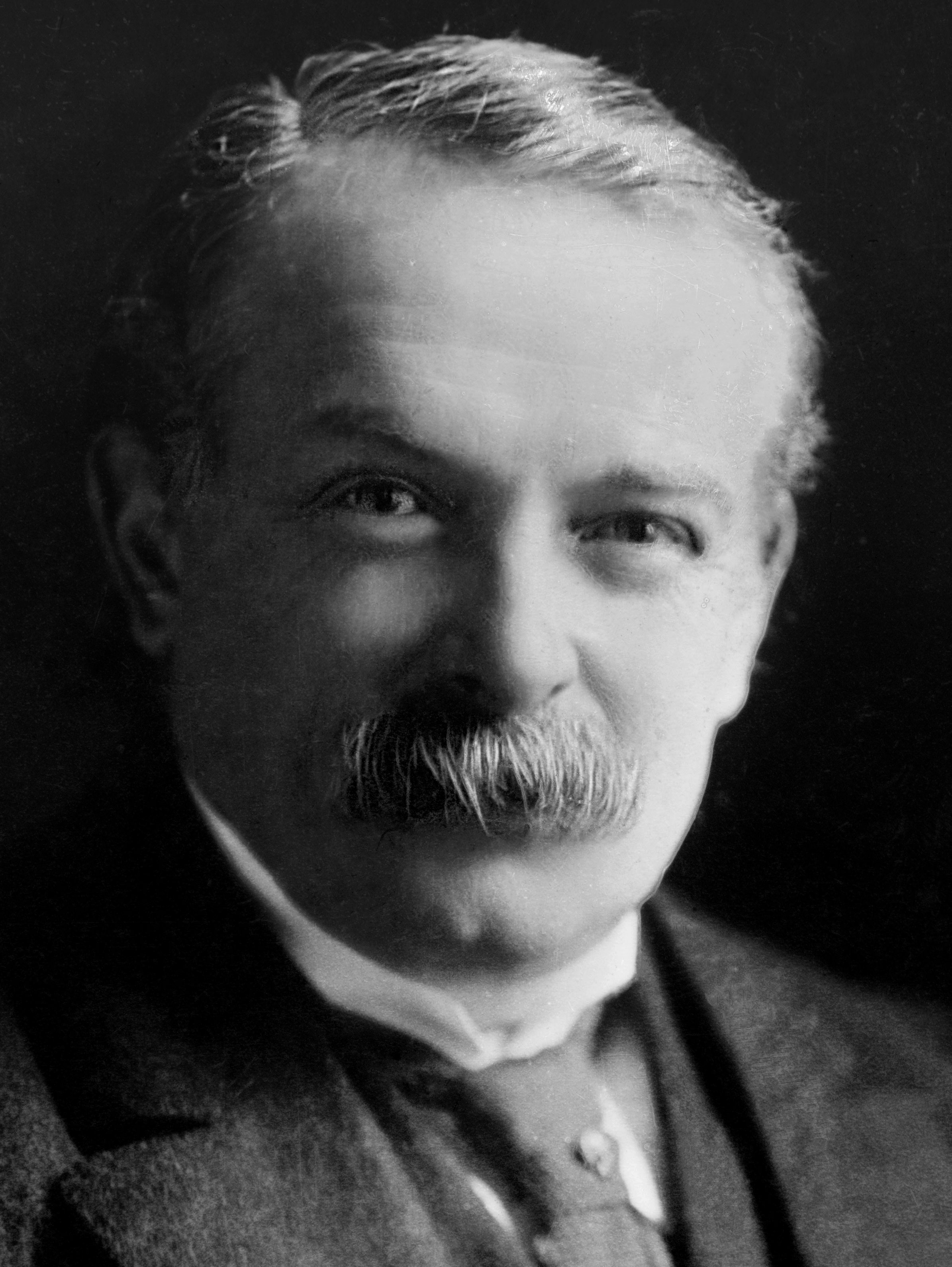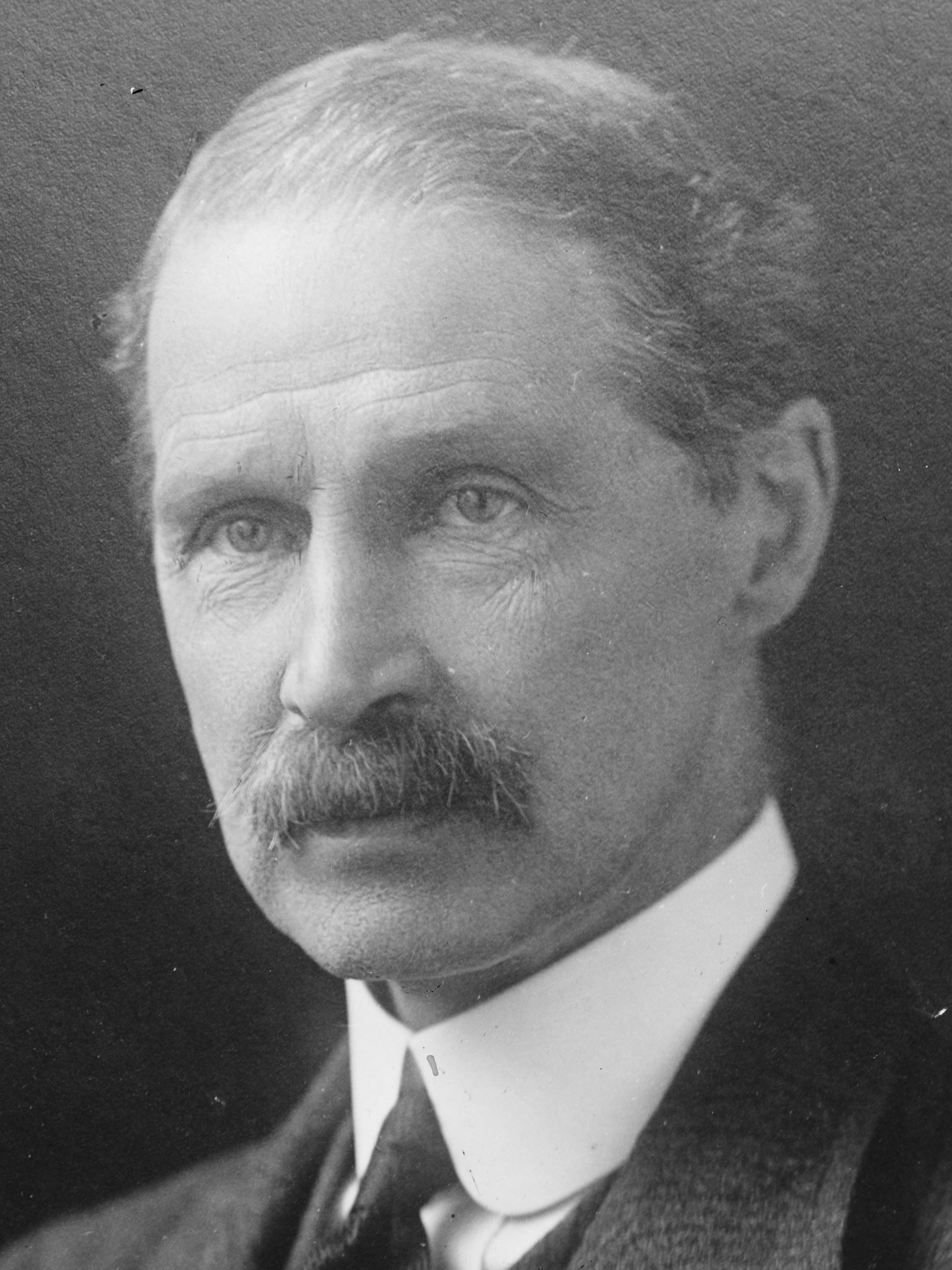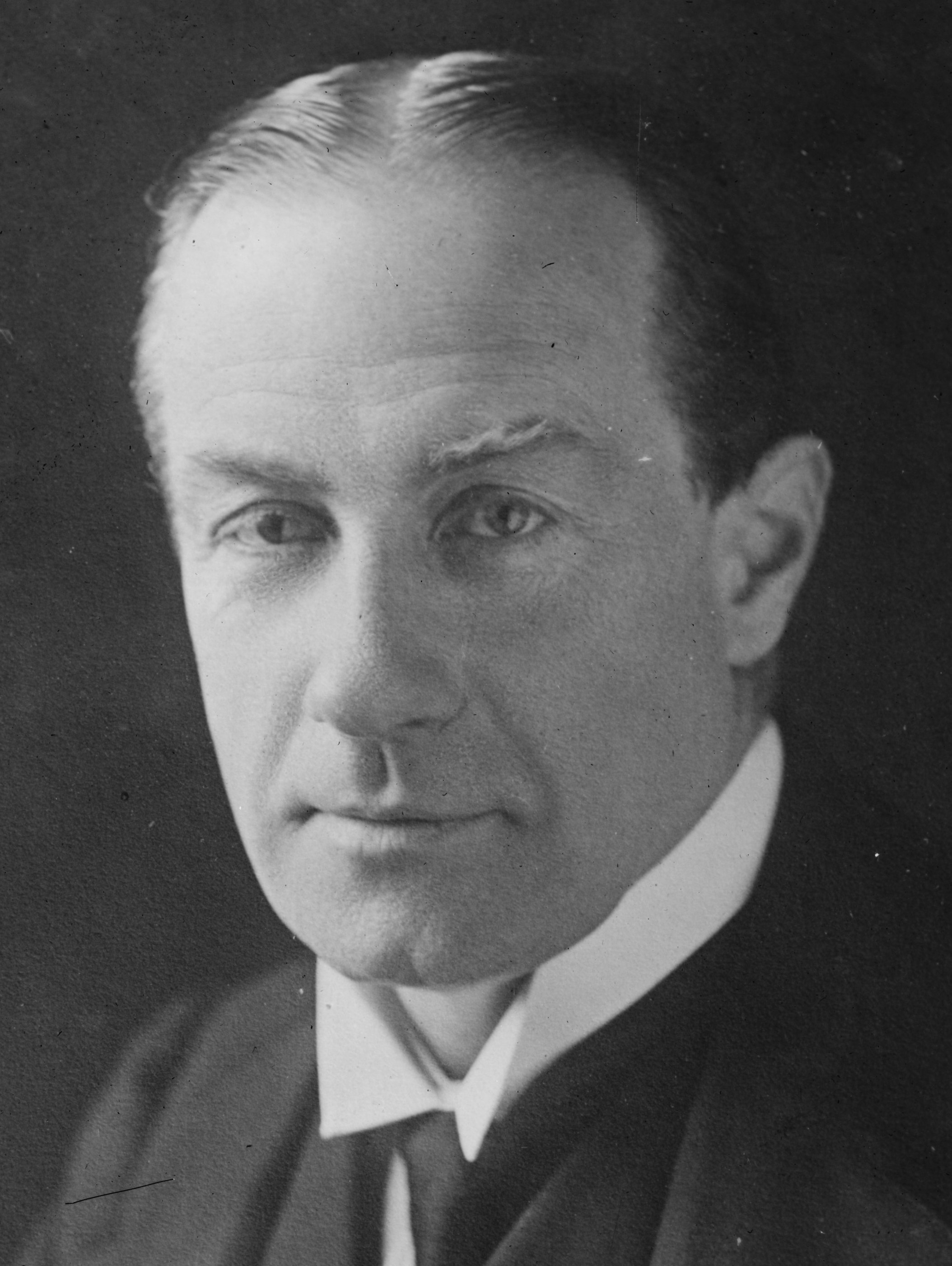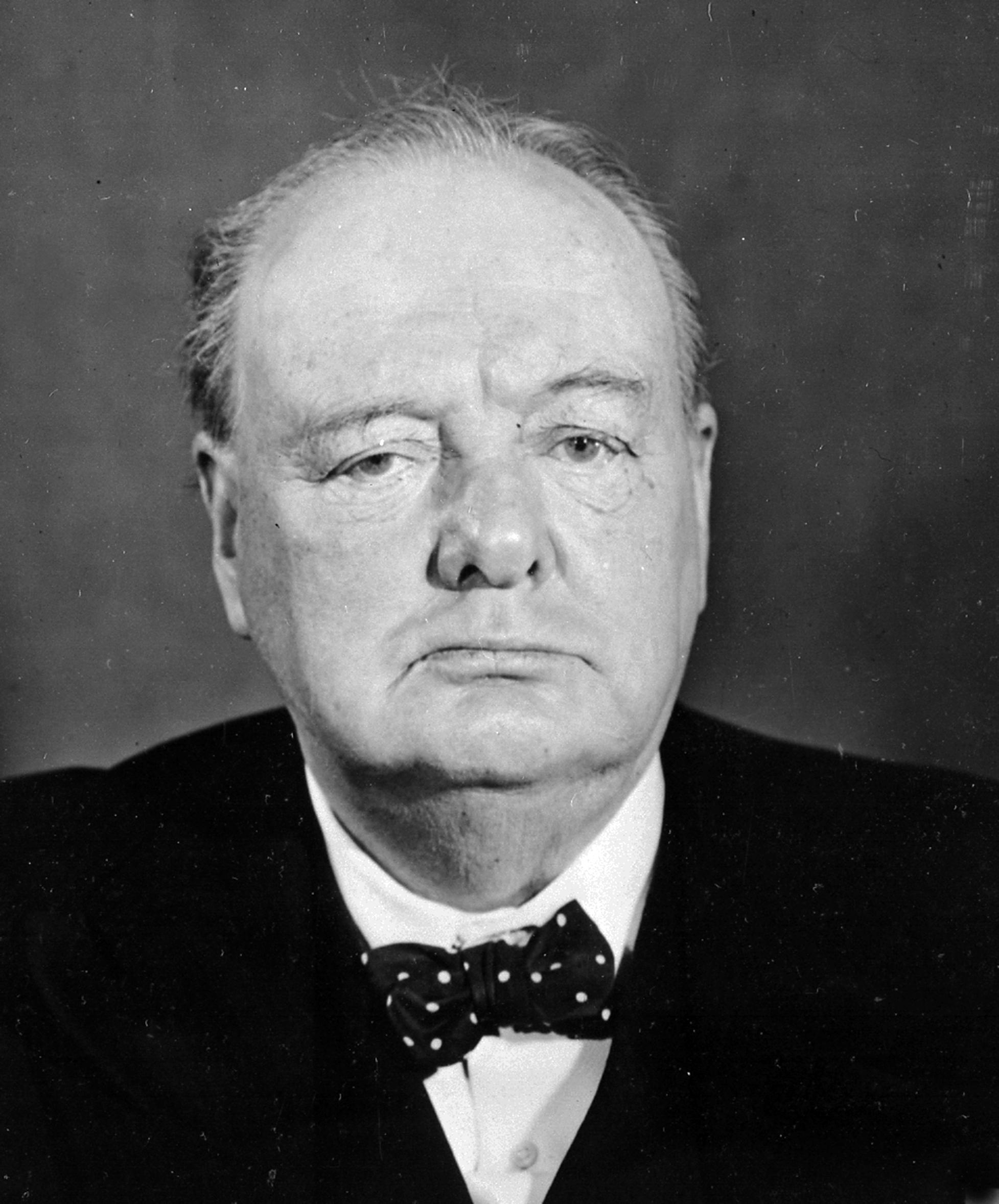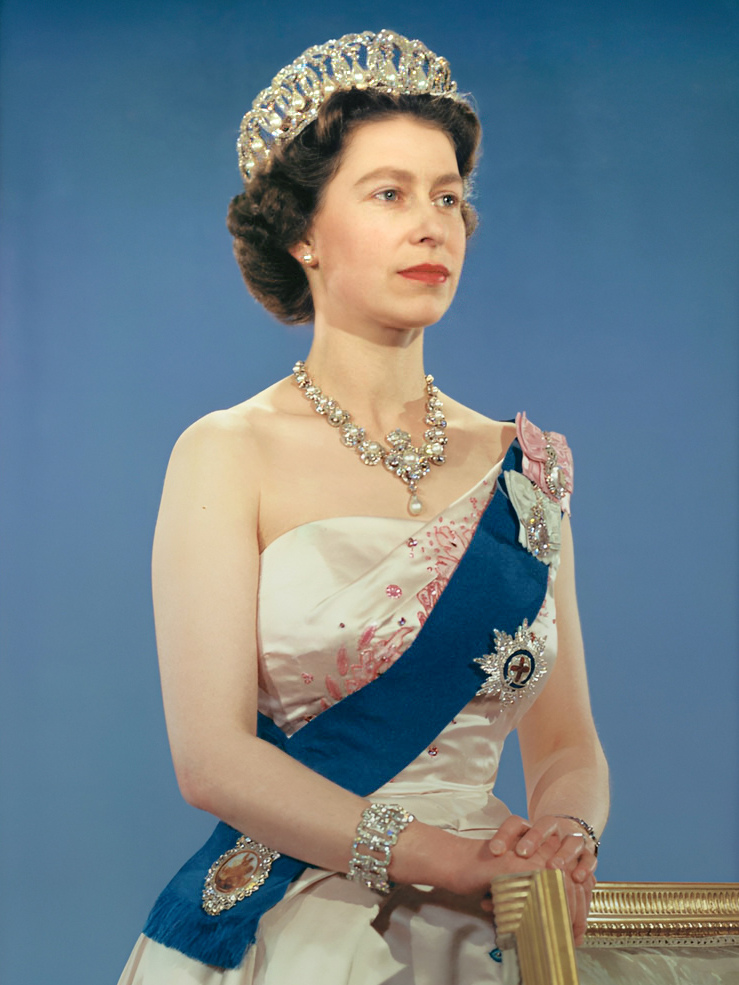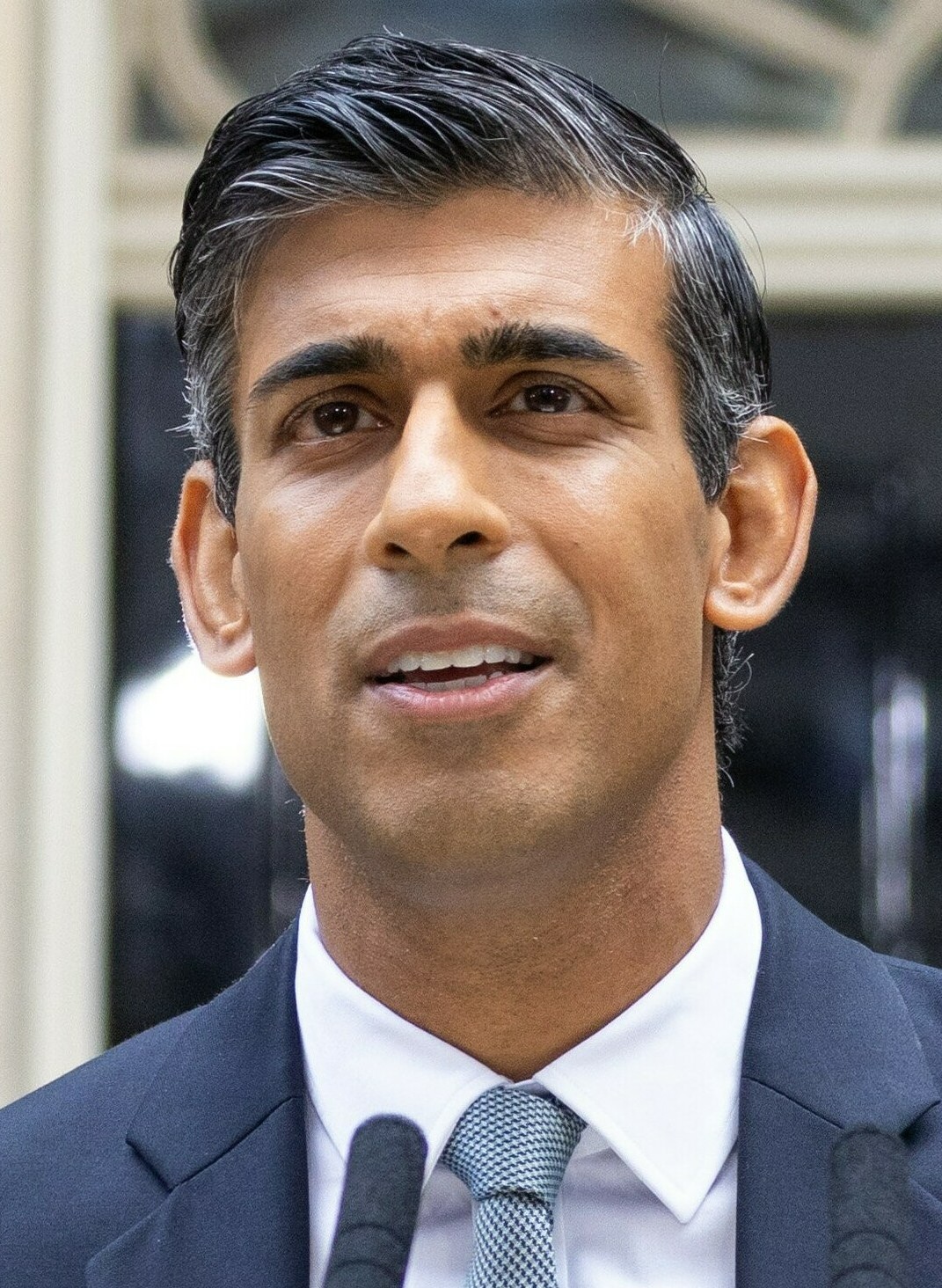Test
Template:Short description Template:Featured list Template:Use British English
The prime minister of the United Kingdom is the principal minister of the crown of His Majesty's Government, and the head of the British Cabinet. There is no specific date for when the office of prime minister first appeared, as the role was not created but rather evolved over a period of time through a merger of duties.[1] The term was regularly, if informally, used of Robert Walpole by the 1730s.[2] It was used in the House of Commons as early as 1805,[3] and it was certainly in parliamentary use by the 1880s.Template:Sfnm In 1905, the post of prime minister was officially given recognition in the order of precedence.[4]
Modern historians generally consider Robert Walpole, who led the government of Kingdom of Great Britain for over twenty years from 1721,Template:Sfnm as the first prime minister. Walpole is also the longest-serving British prime minister by this definition.[5] However, Henry Campbell-Bannerman was the first and Margaret Thatcher the longest-serving prime minister officially referred to as such in the order of precedence.Template:Sfnm The first to use the title in an official act was Benjamin Disraeli, who, in 1878, signed the Treaty of Berlin as "Prime Minister of Her Britannic Majesty".[6]
Strictly speaking, the first prime minister of the United Kingdom of Great Britain and Ireland was William Pitt the Younger.Template:Sfnm The first prime minister of the current United Kingdom (formally the "United Kingdom of Great Britain and Northern Ireland"), was Bonar Law,[7] although the country was not renamed officially until 1927, when Stanley Baldwin was the serving prime minister.[8]
The incumbent prime minister is Rishi Sunak. There are seven living former prime ministers: John Major, Tony Blair, Gordon Brown, David Cameron, Theresa May, Boris Johnson, and Liz Truss. The most recent to die was Margaret Thatcher, on 8 April 2013.
Before the Kingdom of Great Britain
Before the Union of England and Scotland in 1707, the Treasury of England was led by the Lord High Treasurer.[9] By the late Tudor period, the Lord High Treasurer was regarded as one of the Great Officers of State,[9] and was often (though not always) the dominant figure in government: Edward Seymour, 1st Duke of Somerset (lord high treasurer, 1547–1549),[10] served as lord protector to his young nephew King Edward VI;[10] William Cecil, 1st Baron Burghley (lord high treasurer, 1572–1598),[11] was the dominant minister to Queen Elizabeth I;[11] Burghley's son Robert Cecil, 1st Earl of Salisbury, succeeded his father as chief minister to Elizabeth (1598–1603) and was eventually appointed by King James I as lord high treasurer (1608–1612).[12]
By the late Stuart period, the Treasury was often run not by a single individual (i.e., the lord high treasurer) but by a commission of lords of the Treasury,[13] led by the first lord of the Treasury. The last lords high treasurer, Sidney Godolphin, 1st Earl of Godolphin (1702–1710) and Robert Harley, 1st Earl of Oxford (1711–1714),Template:Sfnm ran the government of Queen Anne.[14]
From 1707 to 1721
Following the succession of George I in 1714, the arrangement of a commission of lords of the Treasury (as opposed to a single lord high treasurer) became permanent.[15] For the next three years, the government was headed by Charles Townshend, 2nd Viscount Townshend, who was appointed Secretary of State for the Northern Department.[16] Subsequently, Lords Stanhope and Sunderland ran the government jointly,Template:Sfnm with Stanhope managing foreign affairs and Sunderland domestic.Template:Sfnm Stanhope died in February 1721 and Sunderland resigned two months later;Template:Sfnm Townshend and Robert Walpole were then invited to form the next government.Template:Sfnm From that point, the holder of the office of first lord also usually (albeit unofficially) held the status of prime minister. It was not until the Edwardian era that the title prime minister was constitutionally recognised.[17] The prime minister still holds the office of first lord by constitutional convention,[18] the only exceptions being Lords Chatham (1766–1768) and Salisbury (1885–1886, 1886–1892, 1895–1902).Template:Sfnm
Since 1721
Prime ministers
Disputed prime ministers
Due to the gradual evolution of the post of prime minister, the title is applied to early prime ministers only retrospectively;[17] this has sometimes given rise to academic dispute. William Pulteney, Lord Bath and James Waldegrave, Lord Waldegrave are sometimes listed as prime ministers.[21] Bath was invited to form a ministry by George II when Henry Pelham resigned in 1746,[22] as was Waldegrave in 1757 after the dismissal of William Pitt the Elder,[23] who dominated the affairs of government during the Seven Years' War. Neither was able to command sufficient parliamentary support to form a government; Bath stepped down after two days[21] and Waldegrave after four.[23] Modern academic consensus does not consider either man to have held office as prime minister;[24] they are therefore listed separately.
| Portrait | Prime minister Office (Lifespan) |
Term of office | Mandate[lower-alpha 1] | Ministerial offices held as prime minister | Party | Government | Monarch Reign | |||
|---|---|---|---|---|---|---|---|---|---|---|
| start | end | duration | ||||||||
| rowspan=2 style="background:Template:Party color" |Template:Zwsp | 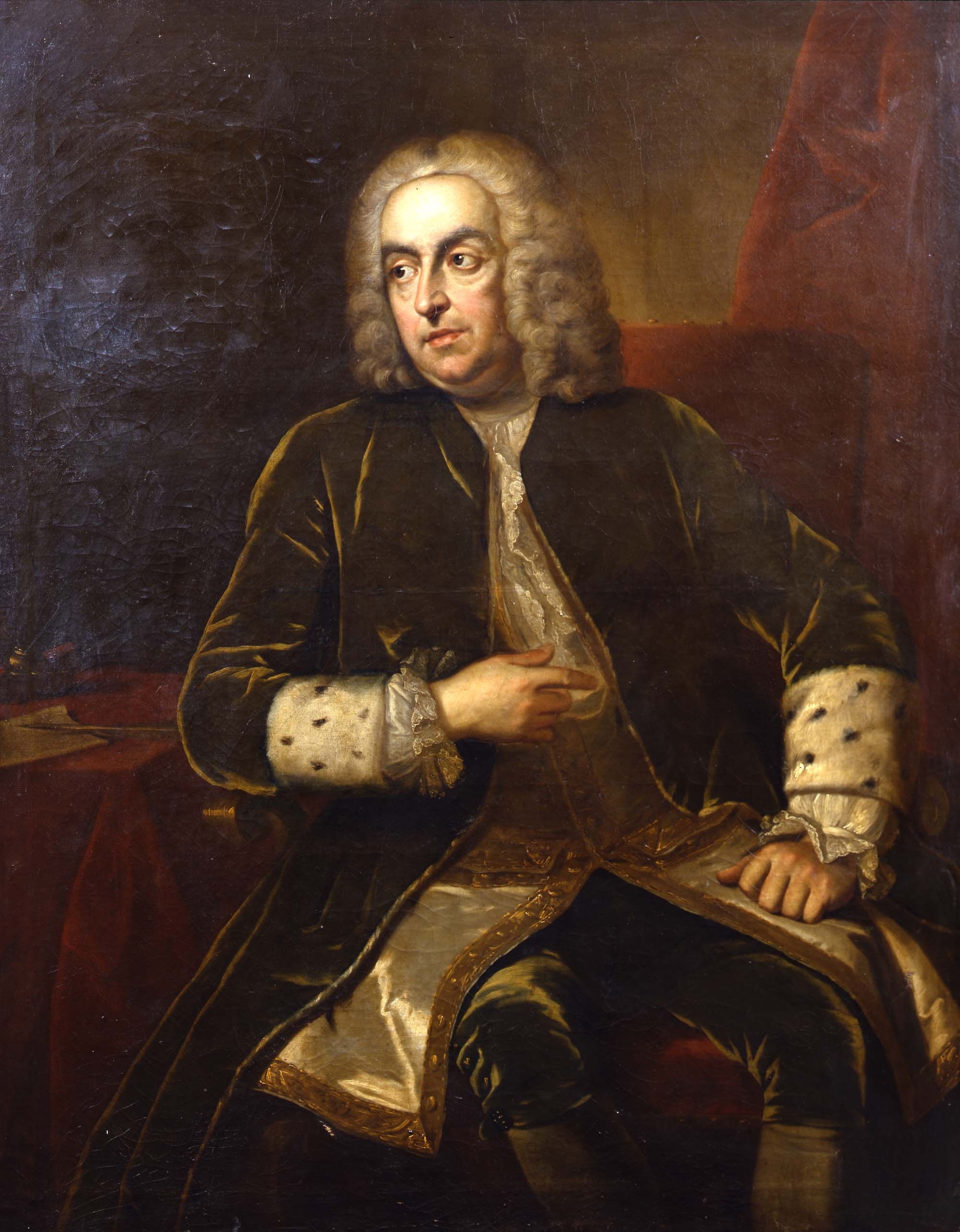
|
William Pulteney 1st Earl of Bath (1684–1764) |
10 February 1746 |
12 February 1746 |
Template:Age in years and days | Template:Party shading/Whigs | – | rowspan=2 Template:Party shading/Whigs | Whig | class=nowrap Template:Party shading/Whigs | Short Lived | George II Template:R. | |
| James Waldegrave 2nd Earl Waldegrave (1715–1763) |
8 June 1757 |
12 June 1757 |
Template:Age in years and days | Template:Party shading/Whigs | – | class=nowrap Template:Party shading/Whigs | Waldegrave | |||||
List notes
- ↑ 1.0 1.1 Legend for the Mandate column:
- Template:Box a year
- indicates a general election won by the government or that led to the formation of a government (the year links to the election's article);
- Template:Box a parenthesised year
- indicates an election resulting in no single party winning a Commons majority (the year links to the election's article);
- Template:Box a dash
- indicates the formation of a majority government without an election;
- Template:Box a parenthesised dash
- indicates the formation of a minority or coalition government during a hung parliament.
- ↑ 2.0 2.1 2.2 2.3 2.4 2.5 2.6 Died in office
- ↑ Pitt, for the first five days of his premiership (30 July – 4 August 1766), served as a Member of Parliament for Bath. He relinquished his Commons seat in order to take the office of Lord Privy Seal, which required his elevation to the House of Lords.
- ↑ Pitt ran under a different constituency in the 1784 British general election.
- ↑ Disraeli was elevated to the House of Lords in 1876, two years into his second premiership. Consequently, he relinquished his Commons seat and office as MP for Buckinghamshire.
- ↑ Douglas Home disclaimed his peerage as the Earl of Home on 23 October 1963. He was elected an MP on 7 November 1963.
Timeline
<timeline> ImageSize = width:1000 height:auto barincrement:12 TimeAxis = orientation:horizontal AlignBars = late PlotArea = width:90% left:10 top:10 bottom:80 Legend = columns:4 left:10 top:35 columnwidth:160
DateFormat = yyyy Period = from:1720 till:2030 TimeAxis = orientation:horizontal
Colors =
id:whig value:rgb(1,0.5,0) legend: Whig id:tory value:rgb(0.2,0.2,0.8) legend: Tory id:conservative value:rgb(0,0.53,0.86) legend: Conservative id:peelite value:rgb(0.6,1,0.6) legend: Peelite id:liberal value:rgb(1,0.84,0) legend: Liberal id:labour value:rgb(0.86,0.08,0.18) legend: Labour id:natlabour value:rgb(0,0.5,0) legend: National_Labour id:independent value:rgb(0.3,0.3,0.3) legend: Independent_or_no_party id:liteline value:gray(0.8) id:line value:rgb(0.3,0.3,0.3)
ScaleMajor = gridcolor:line unit:year increment:10 start:1720 ScaleMinor = gridcolor:liteline unit:year increment:5 start:1720
TextData =
pos:(20,55) textcolor:black fontsize:M text:"Political parties:"
BarData =
bar:Walpole bar:Wilmington bar:Pelham bar:Newcastle bar:Devonshire bar:Bute bar:GrenvilleG bar:Rockingham bar:PittSr bar:Grafton bar:North bar:Shelburne bar:Portland bar:PittJr bar:Addington bar:GrenvilleW bar:Perceval bar:Liverpool bar:Canning bar:Goderich bar:Wellington bar:Grey bar:Melbourne bar:Peel bar:Russell bar:Derby bar:Aberdeen bar:Palmerston bar:Disraeli bar:Gladstone bar:Salisbury bar:Rosebery bar:Balfour bar:CBannerman bar:Asquith bar:LloydGeorge bar:Law bar:Baldwin bar:MacDonald bar:Chamberlain bar:Churchill bar:Attlee bar:Eden bar:Macmillan bar:DHome bar:Wilson bar:Heath bar:Callaghan bar:Thatcher bar:Major bar:Blair bar:Brown bar:Cameron bar:May bar:Johnson bar:Truss bar:Sunak
PlotData=
width:5 align:left fontsize:S shift:(5,-4) anchor:till
bar:Walpole from: 1721 till: 1742 color:whig text:"Robert Walpole" bar:Wilmington from: 1742 till: 1743 color:whig text:"The Earl of Wilmington" bar:Pelham from: 1743 till: 1754 color:whig text:"Henry Pelham" bar:Newcastle from: 1754 till: 1756 color:whig from: 1757 till: 1762 color:whig text:"The Duke of Newcastle" bar:Devonshire from: 1756 till: 1757 color:whig text:"The Duke of Devonshire" bar:Bute from: 1762 till: 1763 color:tory text:"The Earl of Bute" bar:GrenvilleG from: 1763 till: 1765 color:whig text:"George Grenville" bar:Rockingham from: 1765 till: 1766 color:whig from: 1782 till: 1782 color:whig text:"The Marquess of Rockingham" bar:PittSr from: 1766 till: 1768 color:whig text:"The Earl of Chatham (William Pitt the Elder)" bar:Grafton from: 1768 till: 1770 color:whig text:"The Duke of Grafton" bar:North from: 1770 till: 1782 color:tory text:"Lord North" bar:Shelburne from: 1782 till: 1783 color:whig text:"The Earl of Shelburne" bar:Portland from: 1783 till: 1783 color:whig from: 1807 till: 1809 color:tory text:"The Duke of Portland" bar:PittJr from: 1783 till: 1801 color:tory from: 1804 till: 1806 color:tory text:"William Pitt the Younger" bar:Addington from: 1801 till: 1804 color:tory text:"Henry Addington" bar:GrenvilleW from: 1806 till: 1807 color:whig text:"The Lord Grenville" bar:Perceval from: 1809 till: 1812 color:tory text:"Spencer Perceval" bar:Liverpool from: 1812 till: 1827 color:tory text:"The Earl of Liverpool" bar:Canning from: 1827 till: 1827 color:tory text:"George Canning" bar:Goderich from: 1827 till: 1828 color:tory text:"The Viscount Goderich" bar:Wellington from: 1828 till: 1830 color:tory from: 1834 till: 1834 color:tory text:"The Duke of Wellington" bar:Grey from: 1830 till: 1834 color:whig text:"The Earl Grey" bar:Melbourne from: 1834 till: 1834 color:whig from: 1835 till: 1841 color:whig text:"The Viscount Melbourne" bar:Peel from: 1834 till: 1835 color:tory from: 1841 till: 1846 color:conservative text:"Robert Peel" bar:Russell from: 1846 till: 1852 color:whig from: 1865 till: 1866 color:liberal text:"The Earl Russell (Lord John Russell)" bar:Derby from: 1852 till: 1852 color:conservative from: 1858 till:1859 color:conservative from: 1866 till: 1868 color:conservative text:"The Earl of Derby" bar:Aberdeen from: 1852 till: 1855 color:peelite text:"The Earl of Aberdeen" bar:Palmerston from: 1855 till: 1858 color:whig from: 1859 till: 1865 color:liberal text:"The Viscount Palmerston" bar:Disraeli from: 1868 till: 1868 color:conservative from: 1874 till: 1880 color:conservative text:"The Earl of Beaconsfield (Benjamin Disraeli)" bar:Gladstone from: 1868 till: 1874 color:liberal from: 1880 till: 1885 color:liberal from: 1886 till: 1886 color:liberal from: 1892 till: 1894 color:liberal text:"William Ewart Gladstone" bar:Salisbury from: 1885 till: 1886 color:conservative from: 1886 till: 1892 color:conservative from: 1895 till: 1902 color:conservative text:"The Marquess of Salisbury" bar:Rosebery from: 1894 till: 1895 color:liberal text:"The Earl of Rosebery" bar:Balfour from: 1902 till: 1905 color:conservative text:"Arthur Balfour" bar:CBannerman from: 1906 till: 1908 color:liberal text:"Henry Campbell-Bannerman" bar:Asquith from: 1908 till: 1916 color:liberal text:"Herbert Henry Asquith" bar:LloydGeorge from: 1916 till: 1922 color:liberal text:"David Lloyd George" bar:Law from: 1922 till: 1923 color:conservative text:"Andrew Bonar Law" bar:Baldwin from: 1923 till: 1924 color:conservative from: 1924 till: 1929 color:conservative from: 1935 till: 1937 color:conservative text:"Stanley Baldwin" bar:MacDonald from: 1924 till: 1924 color:labour from: 1929 till: 1931 color:labour from: 1931 till: 1935 color:natlabour text:"Ramsay MacDonald" bar:Chamberlain from: 1937 till: 1940 color:conservative text:"Neville Chamberlain" bar:Churchill from: 1940 till:1945 color:conservative from: 1951 till:1955 color:conservative text:"Winston Churchill" bar:Attlee from: 1945 till: 1951 color:labour text:"Clement Attlee" bar:Eden from: 1955 till: 1957 color:conservative text:"Anthony Eden" bar:Macmillan from: 1957 till: 1963 color:conservative text:"Harold Macmillan" bar:DHome from: 1963 till: 1964 color:conservative text:"Alec Douglas-Home" bar:Wilson from: 1964 till: 1970 color:labour from: 1974 till: 1976 color:labour text:"Harold Wilson" bar:Heath from: 1970 till: 1974 color:conservative text:"Edward Heath" bar:Callaghan from: 1976 till: 1979 color:labour text:"James Callaghan" bar:Thatcher from: 1979 till: 1990 color:conservative text:"Margaret Thatcher" bar:Major from: 1990 till: 1997 color:conservative text:"John Major" bar:Blair from: 1997 till: 2007 color:labour text:"Tony Blair" bar:Brown from: 2007 till: 2010 color:labour text:"Gordon Brown" shift:(-80,-4) bar:Cameron from: 2010 till: 2016 color:conservative text:"David Cameron" shift:(-95,-4) bar:May from: 2016 till: 2019 color:conservative text:"Theresa May" shift:(-75,-4) bar:Johnson from: 2019 till: 2022 color:conservative text:"Boris Johnson" shift:(-80,-4) bar:Truss from: 2022 till: 2022 color:conservative text:"Liz Truss" shift:(-50,-4) bar:Sunak from: 2022 till: 2022 color:conservative text:"Rishi Sunak" shift:(-60,-4)
</timeline>
See also
Template:Portal Template:Div col begin
- Category:British premierships
- List of prime ministers of the United Kingdom by length of tenure
- List of prime ministers of the United Kingdom by education
- Assassination of Spencer Perceval
- Downing Street
- List of British governments
- List of current heads of government in the United Kingdom and dependencies
- List of prime ministers of Queen Victoria (for the United Kingdom of Great Britain and Ireland and the British Empire)
- Deputy Prime Minister of the United Kingdom
- List of United Kingdom general elections
- Royal prerogative in the United Kingdom
- List of government ministers of the United Kingdom
References
Citations
- ↑ Hennessy 2001, pp. 39–40.
- ↑ Stephen Taylor ODNB.[full citation needed]
- ↑ Castlereagh 1805.
- ↑ Marriott 1923, p. 83.
- ↑ BBC News 1998.
- ↑ Bogdanor 1997.
- ↑ Law 1922.
- ↑ Royal and Parliamentary Titles Act 1927.
- ↑ 9.0 9.1 Chisholm 1911f.
- ↑ 10.0 10.1 Pollard 1904.
- ↑ 11.0 11.1 Chisholm 1911a.
- ↑ Chisholm 1911c.
- ↑ Chapman 2002.
- ↑ Morrill 2018.
- ↑ Chapman 2002, p. 15.
- ↑ McMullen Rigg 1899.
- ↑ 17.0 17.1 Leonard 2010, p. 1.
- ↑ UK Government 2013.
- ↑ Wingate, Sophie (6 September 2022). "Liz Truss to become UK's third female prime minister". independent.co.uk. Independent. Retrieved 25 October 2022.
- ↑ Nevett, Joshua (25 October 2022). "Rishi Sunak warns of difficult decisions ahead in first speech as PM". bbc.com. Archived from the original on 25 October 2022.
- ↑ 21.0 21.1 Carpenter 1992, p. 37.
- ↑ Leonard 2010, p. 47.
- ↑ 23.0 23.1 Leonard 2010, p. 65.
- ↑ Oxford Dictionary of National Biography 2011.
Sources
Publications
- Template:Cite book
- Template:Cite book
- Template:Cite book
- Template:Cite book
- Template:EB1911
- Template:Cite EB1911
- Template:Cite EB1911
- Template:Cite EB1911
- Template:Cite EB1911
- Template:Cite EB1911
- Template:Cite book
- Template:Cite book
- Template:Cite book
- Template:Cite book
- Template:Cite book
- Template:Cite book
- Template:Cite book
- Template:Cite book
- Template:Cite book
- Template:Cite DNB
- Template:Cite book
- Template:Cite book
- Template:Cite book
- Template:Cite book
- Template:Cite book
- Template:Cite book
- Template:Cite book
- Template:Cite book
- Template:Cite DNB
- Template:Cite book
- Template:Cite book
- Template:Cite book
- Template:Cite book
- Template:Cite book
- Template:Cite book
- Template:Cite wikisource
- Template:Cite book
- Template:Cite book
- Template:Cite book
- Template:Cite book
- Template:Cite book
- Template:Cite book
- Template:Cite DNB
- Template:Cite book
- Template:Cite book
- Template:Cite book
- Template:Cite book
- Template:Cite book
Online
- Template:Cite news
- Template:Cite hansard
- "Baroness Thatcher". Parliament.uk. UK Parliament. Archived from the original on 20 April 2013. Retrieved 30 August 2018.
Deceased: 08 April 2013.
- Bogdanor, Vernon (3 October 1997). "Ministers take the biscuit". Times Higher Education. Archived from the original on 29 April 2018. Retrieved 28 April 2018.
The title ... was not used in an official document until 1878 when Disraeli ... signed the Treaty of Berlin as 'First Lord of the Treasury and Prime Minister of her Britannic Majesty'.
- Template:Cite news
- Template:Cite news
- Template:Cite hansard
- Template:Cite hansard
- Template:Cite hansard
- Template:Cite hansard
- Template:Cite hansard
- "First Lord of the Treasury". Gov.uk. UK Government. Archived from the original on 20 May 2013. Retrieved 3 September 2017.
- "Former Fellows of The Royal Society of Edinburgh" (PDF). Royal Society of Edinburgh. July 2006. Archived (PDF) from the original on 22 April 2012. Retrieved 28 August 2018.
- Template:Cite hansard
- "List of Fellows of the Royal Society 1660–2007" (PDF). Royal Society. July 2007. Archived (PDF) from the original on 14 May 2014. Retrieved 28 August 2018.
- Template:Cite hansard
- Template:Cite news
- Template:Cite news
- Template:Cite encyclopedia
- "Mr Edward Heath". Hansard 1803–2005. UK Parliament. Archived from the original on 16 June 2018. Retrieved 14 July 2018.
July 9, 1916 – 17 July 2005.
- "Mr James Callaghan". Hansard 1803–2005. UK Parliament. Archived from the original on 23 June 2018. Retrieved 30 August 2018.
March 27, 1912 – 26 March 2005.
- Template:London Gazette
- Template:Cite news
- "Prime ministers of the United Kingdom (1730–2011)". Oxford Dictionary of National Biography. 2011. Archived from the original on 4 September 2017.
- Template:Cite press release
- "Rt Hon Gordon Brown". Parliament.uk. UK Parliament. Archived from the original on 20 April 2012. Retrieved 30 August 2018.
First Lord of the Treasury and Minister for the Civil Service.
- "Rt Hon Boris Johnson". Parliament.uk. UK Parliament. Archived from the original on 5 April 2022. Retrieved 6 September 2022.
First Lord of the Treasury, Minister for the Civil Service, and Minister for the Union.
- "Rt Hon Theresa May". Parliament.uk. UK Parliament. Archived from the original on 10 June 2017. Retrieved 30 August 2018.
First Lord of the Treasury and Minister for the Civil Service.
- "Rt Hon Tony Blair". Parliament.uk. UK Parliament. Archived from the original on 19 November 2017. Retrieved 30 August 2018.
First Lord of the Treasury and Minister for the Civil Service.
- Template:Wikicite
- Template:Cite news
- Template:Cite news
Further reading
External links
- "Past Prime Ministers". Gov.uk. UK Government. Archived from the original on 25 August 2008.
- "Prime Ministers and Politics Timeline". History. BBC. Archived from the original on 27 May 2011.
- All articles with incomplete citations
- Articles with incomplete citations from April 2021
- Articles with invalid date parameter in template
- Use dmy dates from May 2021
- Pages with broken file links
- All articles with unsourced statements
- Articles with unsourced statements from November 2022
- Articles with hatnote templates targeting a nonexistent page
- Lists of prime ministers of the United Kingdom
- Lists of government ministers of the United Kingdom
- Prime Ministers of the United Kingdom

